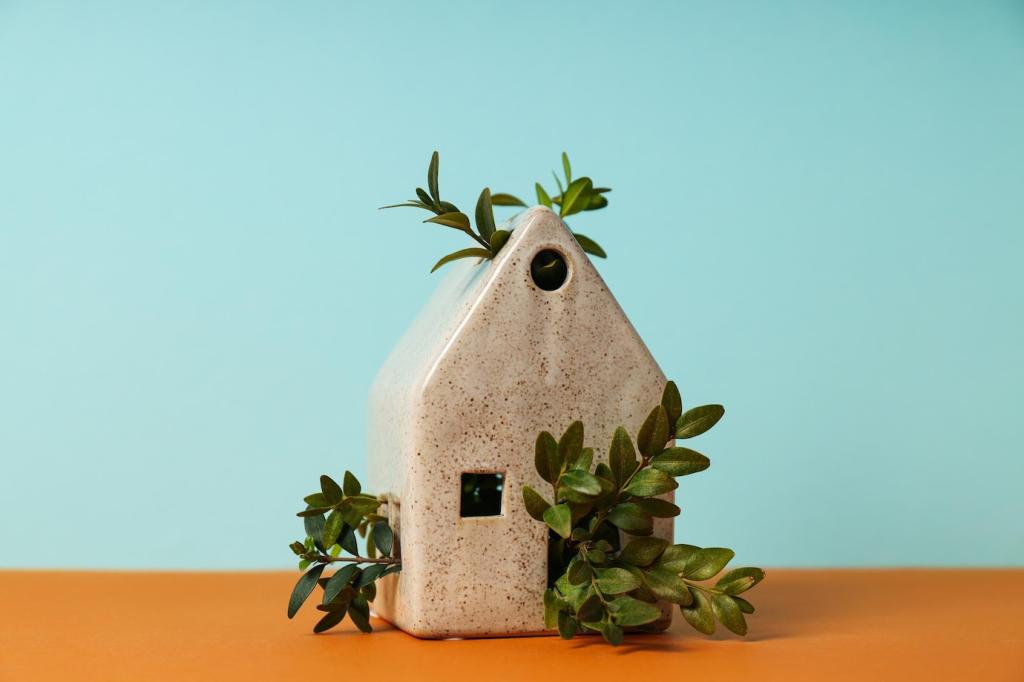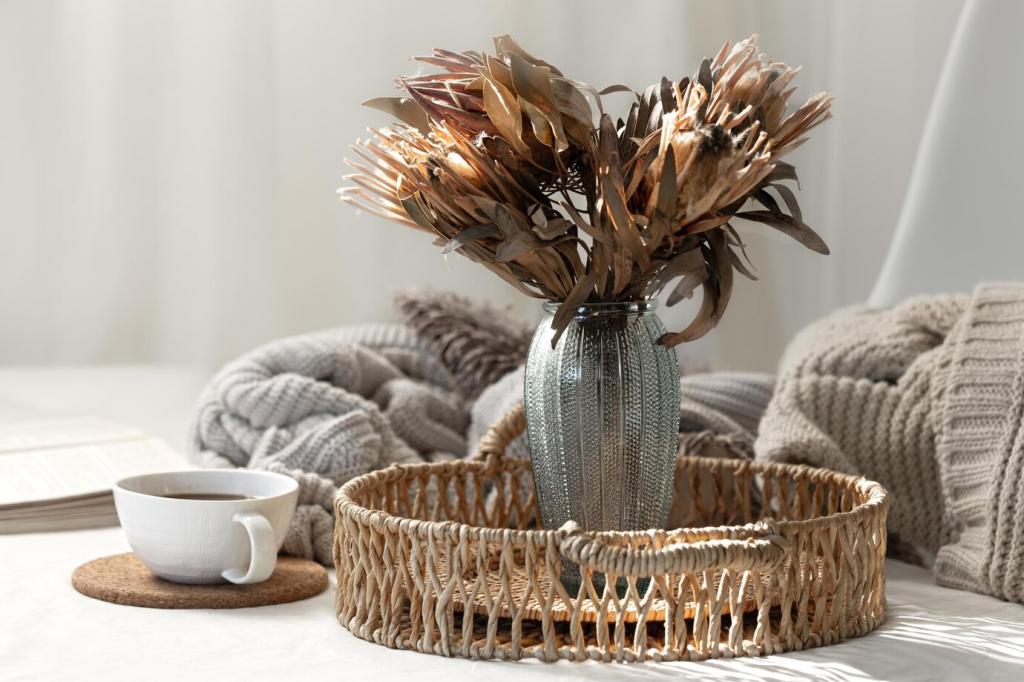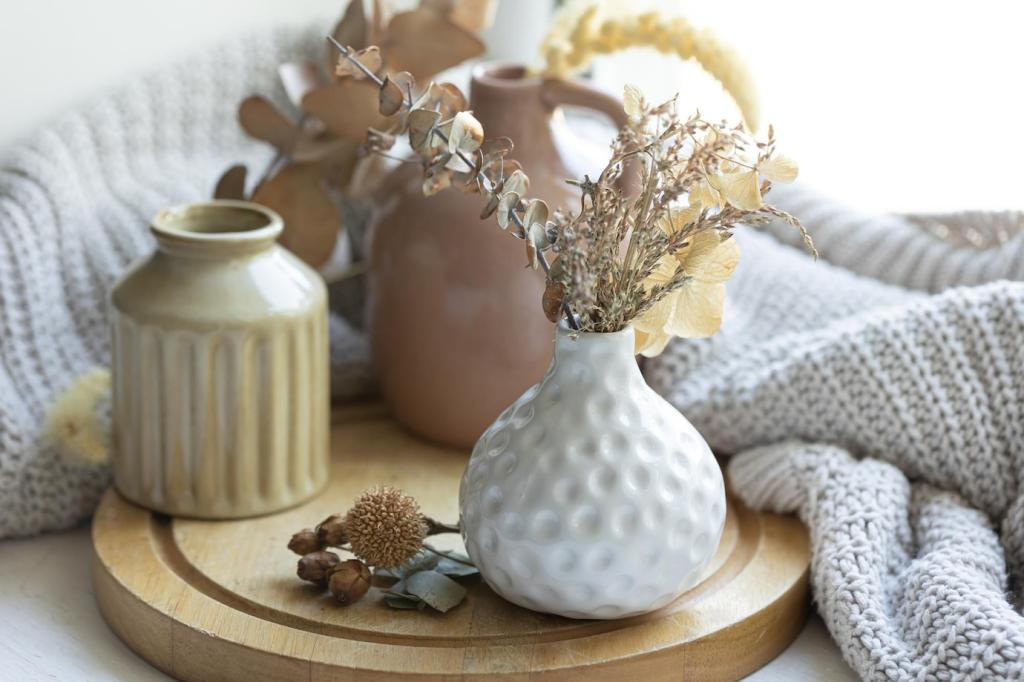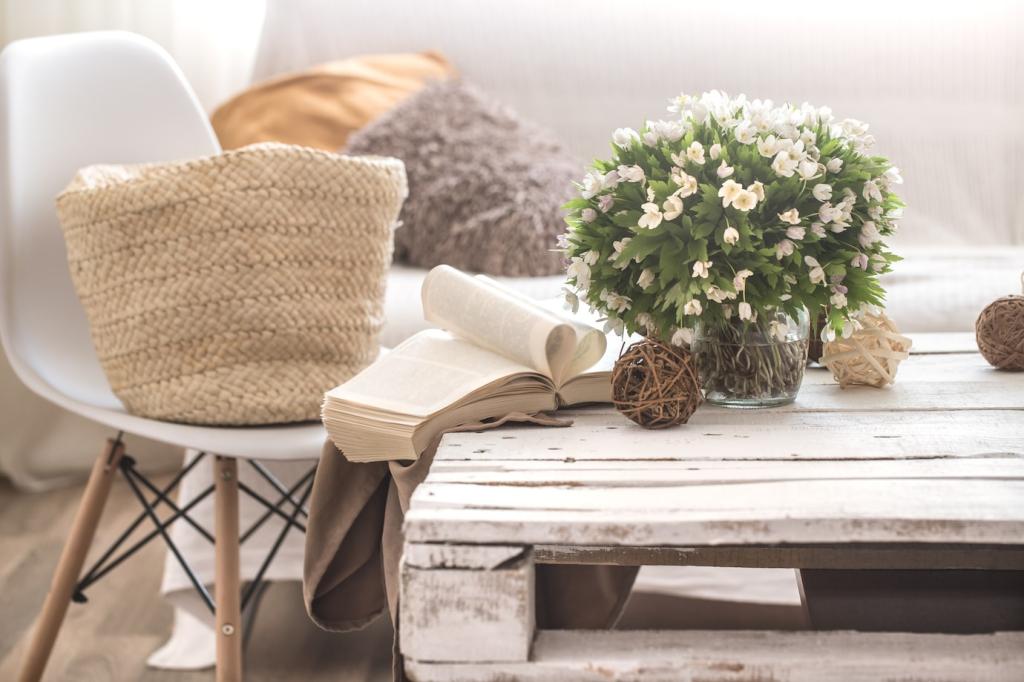Why Natural Textiles Belong in Every Green Interior
Linen, cotton, hemp, and wool wick moisture and allow air to circulate, helping regulate temperature and reduce that stuffy, sealed feeling. Many are low in irritants, supporting calmer sinuses and more comfortable living for sensitive households.
Why Natural Textiles Belong in Every Green Interior
When responsibly sourced, natural textiles often use fewer fossil-based inputs and can biodegrade at end of life. Choosing durable weaves and timeless textures cuts replacement cycles, minimizing waste and the carbon costs of constant redecorating.




